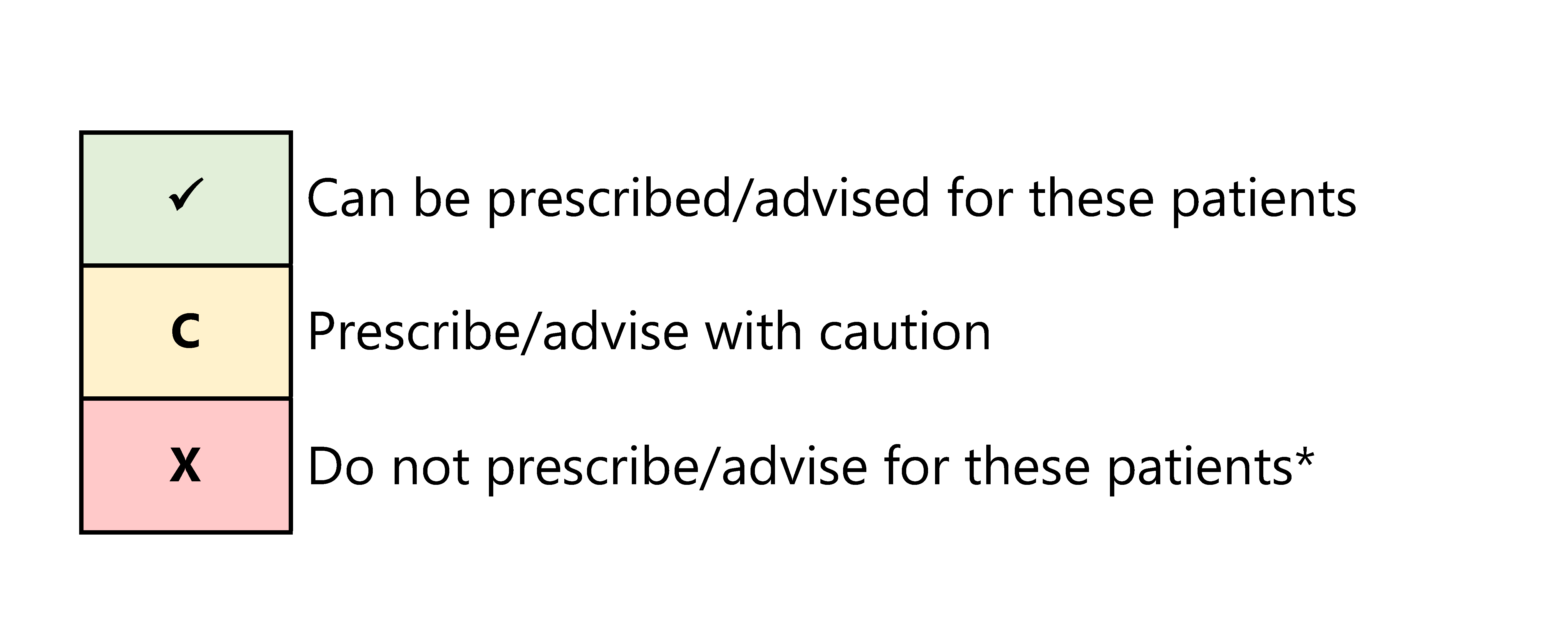Contraindications & cautions - analgesics
Contraindications & cautions - analgesics
The contraindications and cautions most relevant to analgesics commonly prescribed for odontogenic pain are presented here.
Refer to the BNF (available at www.medicinescomplete.com) for more comprehensive information on contraindications and cautions, and advice on drug interactions and side effects.
|
It is essential to first check the patient’s current use of analgesics before advising or prescribing analgesics. In particular, overdose with paracetamol is dangerous because it can cause hepatic damage that is sometimes not apparent for 4–6 days and can be fatal. Paracetamol is present in many over-the-counter preparations and you should identify all paracetamol-containing medications that a patient has ingested. A patient who ingests a therapeutic excess of paracetamol (defined as more than the recommended daily dose [8 x 500 mg tablets for adults] and more than or equal to 75 mg/kg in any 24-hour period) should be referred for assessment in an emergency department |
Drug regimens that may be recommended or prescribed by a dentist for an adult patient with dental pain are shown below with the order of the drug regimens from left to right reflecting a stepwise approach to achieving optimal analgesia.¥ Health conditions are listed with contraindications or cautions for each drug regimen indicated as follows:

*Either contraindicated or not recommended for prescription by dentists in this guide due to high risk of adverse effects (see relevant numbered cautionary note).
It is essential to refer to the cautionary note indicated. Depending on the condition, a reduced dose, liaison with a medical practitioner or monitoring might be required.
While the information in this table is primarily relevant to adult patients, some cautions for paracetamol and ibuprofen may also be relevant to children, for example those with asthma.
If uncertain about a patient’s medical conditions, current medication or suitable analgesia, contact their general medical practitioner (GMP) for advice.
¥Optimal analgesia is defined as the lowest effective dose of painkillers taken for the shortest duration necessary to control symptoms without exceeding the maximum dose and taking into account the patient’s age, weight and relevant health conditions.